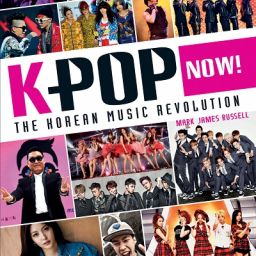Orly Lobel’s book Talent Wants to be Free: Why We Should Learn to Love Leaks, Raids, and Free Riding (Yale University Press 2013) is game changing. I don’t say this lightly, but if her recommendations are taken seriously, this book has the possibility of changing perceptions and behavior regarding intellectual property by the general public in ways that hasn’t occurred in some time.
Lobel uses the conflicting impulses of control and creativity by employers and employees to explore intellectual property – copyright, patent, trademarks, and trade secrets. However, unlike most intellectual property scholars who look outward from where they are settled, Lobel is steeped in innovation studies, allowing her to give a unique perspective on these issues. She also makes sure to discuss how creativity is more likely to take place when creatives can work in collaborative environments, hopefully putting to bed the idea that the majority of useful creative energy is solo, by a lone inventor.
While employers try to lock down the ability of their employees to leave and take it with them, Lobel describes why employees frequently literally cannot take it with them, due to non-compete agreements and claw-back provisions regarding patents. However, she also delves into the reasons these limitations quash innovation as a whole – and are bad for the economy. She concludes that what is good for the economy and talented employees is also better for employers because the talent swirl benefits all who have something to offer. But that is the rub – she also discusses how the present limitations of employers will not end until they are willing to give up control for the possibility of better, more talented employees.
Additionally, one of the joys of reading this book are the clever turns of phrases. For example: “Innovation is a nuanced mistress hiding behind layers of hard work and knowledge. Asking the right questions is half the battle of finding her.”
Considering this overall glowing review are there any problems with the book? Yes, of course. While there are well-placed mentions of feminist jurisprudence and compelling examples of employer exploitation of employees, there is nary a mention of have-nots or those who are not viewed as “creatives” in this new economy. Additionally, many creative people at present stand outside of being in the well-appreciated creative class (well-appreciated are generally those that create or sell products that can be patented) and are instead are in what are I’m going to refer to as “brain sweatshops” – I wish this book could have addressed some of the issues that these mostly recent college grads face.
The other problem with this book is not something that Lobel could do anything about – it is not indexed within intellectual property at all, according to the Library of Congress subject headings and call number. This is so, so wrong, but it demonstrates how far ahead this book is in its thinking.
Summary: Highly recommended, for anyone interested in intellectual property, innovation, creativity, and how to get the most from happy creative employees.







I wanted to let you know that you can suggest subject heading etc. at the Library of Congress site on the bottom of the item page the link says “report errors”. For this book it has been done for you by a cataloger at Clemson University. Also the book is still in processing so watch for changes and hopefully they will make this one.
Pat, thanks so much for letting us and our readers know about how to correct these errors!